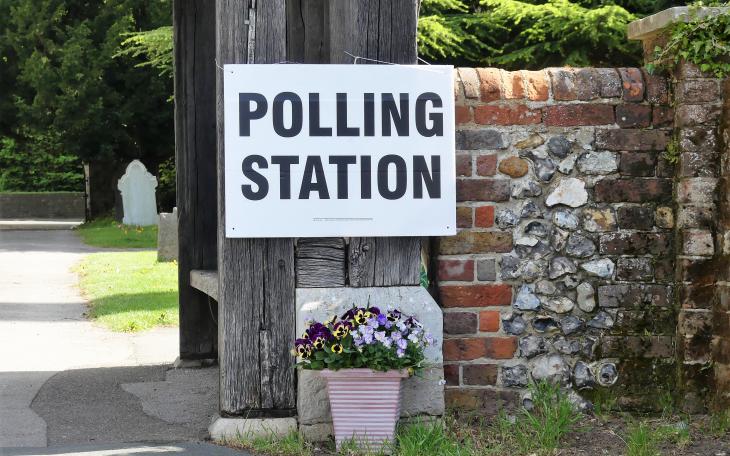Say “cheese” and try not go crackers about it!

The 2023 local council elections will see one of the most significant changes ever to democracy in England. To be able to vote in the elections, every voter will have to show some form of photo identification before they receive their ballot paper. The requirement has existed in Northern Ireland since 2007 and will extend across the rest of Great Britain at the next General Election. However, the issue has been discussed, debated and argued over for many years.
As I wrote previously in 2021, the change has many merits – recent concerns over electoral abuse, the almost universal presence of photo ID in modern life, and the fact that we are merely catching up with the electoral processes of many of our international allies. However, that has not stopped the critics from continuing to cast doubt on the policy and fuel fears of legitimate voters being denied their most fundamental right.
This week, the Electoral Reform Society urged campaigners to add their names to an eleventh-hour plea for the government to scrap the ID requirement, a campaign backed by the Daily Mirror who revealed a poll result that 27% of voters did not believe they needed photo ID to vote. The ERS has claimed that over 2 million voters will be denied the opportunity to vote as they lack the required forms of ID. In contrast, the take-up of the free alternative, the Voter Authority Certificate (VAC) has only reached 35,000 to date.
One problem is that the estimates of people without current photo ID range from 900,000 to 3.5 million, depending on who makes the estimate. When you consider that only around 9 million people voted in the 2019 council elections in England, this estimate could potentially range between 10% and almost 40% of the voting population. Assuming that these are the people who vote, as government minister Lee Rowley suggested the figure was much lower and many of those without ID would be the people choosing not to vote anyway.
So, what do you need to vote? Aside from the usual assumptions of a passport or driving licence, there are at least 20 other forms of permitted photo ID to get your ballot paper, including a Blue Badge and a Freedom Pass. If you do not have anything with a photo on, then you can apply for a VAC here.
What will happen for those who turn up to vote without photo ID? In short, they will not be able to vote and will be sent home to collect their ID – but how many would then return? Newcastle City Council has a more pessimistic outlook, where they are deploying bouncers on polling stations ready to tackle fights that might break out when voters are denied their ballot papers. While picking a fight with a bouncer is not uncommon when that extra beer is denied, I’m not convinced that the reserve of the English will be compromised by ballot paper brawls.
Presiding officers and returning officers will be required to collect information on the elections and feedback into the Electoral Commission to review the impact. However, that also just fuels concerns over resourcing which the LGA outlined in December when they called on the government to delay the implementation of the new measures due to insufficient time to recruit and train staff and prepare the IT systems. At that point, a survey of local authorities found that 86% of election staff said they were “not at all confident” or “not so confident” that they would be ready to run the elections in May.
Aside from your opinion of photo ID for voting, and whether councils have had enough time to prepare, perhaps the most fundamental question is whether voters know the new rules are in place and if they remember to take their ID with them on polling day in five weeks’ time. Having worked on hundreds of election campaigns, I’ve seen many voters abstain because they mistakenly believed they needed a polling card to vote, so how quickly will the electorate grasp the need for photo ID?
Claims from opposition MPs have focused on some younger people and older people effectively being disenfranchised and the pilots run by the Electoral Commission in 2018 and 2019 showed that turnout was impacted by between 2% and 6%. However, with turnout down across the board and a whole range of factors impacting election turnout, it is almost impossible to effectively scrutinise the impact.
Likewise, what are the political ramifications on polling day? If Labour lose seats, it will be able to argue that their younger voters have been turned away without their ID, while Conservatives will argue the same impact on their more elderly voters. Nobody can accurately predict now, and nobody will truly know the political impact after May 4th – but you can expect political commentators to attribute a variety of outcomes to the change in the voting process, and if there is limited exposure to the photo ID discussion before the elections, we can expect it will be in the media glare after.









